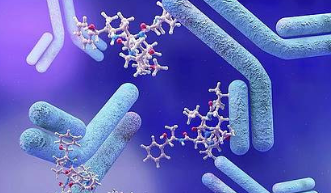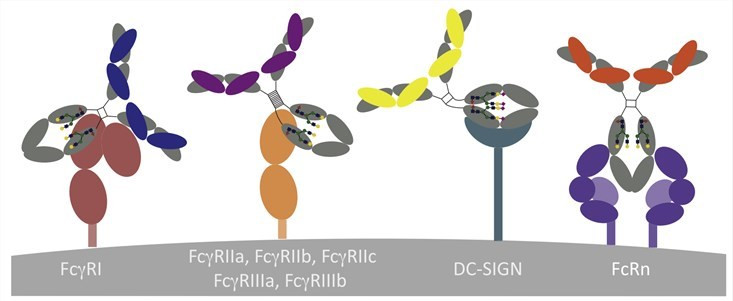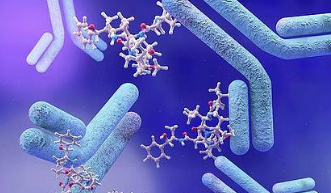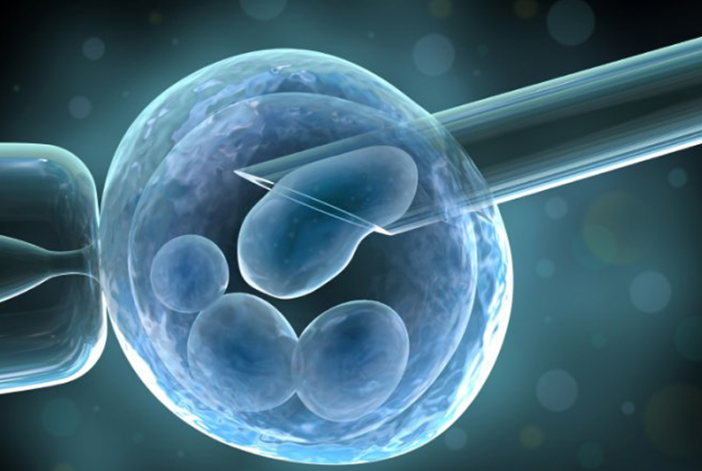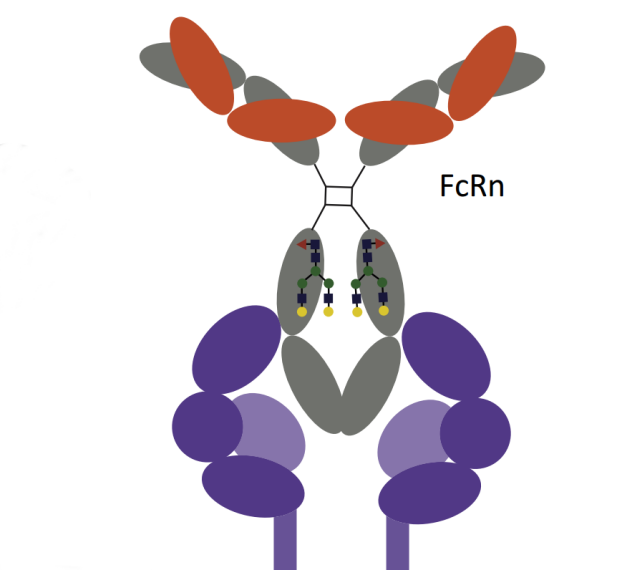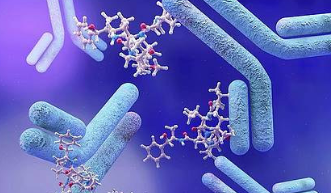For more: https://www.creative-biola...
Notice: Undefined index: tg1tga_access in /home/admin/www/anonup.com/themes/default/apps/timeline/post.phtml on line 396
Glioma C6 in humans
Primary cortical neurons in rats
cells of the dorsal Root Ganglion (DRG) in rats
NT2 neurons, or progenitor cells of humans
Human developed cells, or NT neurons
Mouse subventricular zone (SVZ) cells
Mouse white matter cells
For more: https://neuros.creative-bi...
Notice: Undefined index: tg1tga_access in /home/admin/www/anonup.com/themes/default/apps/timeline/post.phtml on line 396
For more: https://www.creative-biola...
Notice: Undefined index: tg1tga_access in /home/admin/www/anonup.com/themes/default/apps/timeline/post.phtml on line 396
For more: https://non-igg-ab.creativ...
Notice: Undefined index: tg1tga_access in /home/admin/www/anonup.com/themes/default/apps/timeline/post.phtml on line 396
For more: https://non-igg-ab.creativ...
Notice: Undefined index: tg1tga_access in /home/admin/www/anonup.com/themes/default/apps/timeline/post.phtml on line 396
For more: https://www.antibody-creat...
Notice: Undefined index: tg1tga_access in /home/admin/www/anonup.com/themes/default/apps/timeline/post.phtml on line 396
For more: https://ribosome.creative-...
Notice: Undefined index: tg1tga_access in /home/admin/www/anonup.com/themes/default/apps/timeline/post.phtml on line 396
Point of Care Technology (POCT) System - Creative Biolabs
Creative Biolabs offers microfluidics-based point of care technology (POCT) services to perform rapid, sensitive, and real-time in vitro diagnostic testing.
https://microfluidics.creative-biolabs.com/point-of-care-technology-poct.htmNotice: Undefined index: tg1tga_access in /home/admin/www/anonup.com/themes/default/apps/timeline/post.phtml on line 396
For more: https://microfluidics.crea...
Notice: Undefined index: tg1tga_access in /home/admin/www/anonup.com/themes/default/apps/timeline/post.phtml on line 396
2Principal Attributes and Benefits of the Anti-GlyTM Platform
3a wide variety of glycoprotein production systems, such as yeast, mammalian, insect, and plant cells in addition to Escherichia coli.
4Different screening techniques to find anti-glycoprotein antibodies
5Various species are accessible
6High throughput and sensitivity
7economical and quick turnaround
For more: https://www.creative-biola...
Notice: Undefined index: tg1tga_access in /home/admin/www/anonup.com/themes/default/apps/timeline/post.phtml on line 396
2Principal Attributes and Benefits of the Anti-GlyTM Platform
3a wide variety of glycoprotein production systems, such as yeast, mammalian, insect, and plant cells in addition to Escherichia coli.
4Different screening techniques to find anti-glycoprotein antibodies
5Various species are accessible
6High throughput and sensitivity
7economical and quick turnaround
For more: https://www.creative-biola...
Notice: Undefined index: tg1tga_access in /home/admin/www/anonup.com/themes/default/apps/timeline/post.phtml on line 396
The process of creatingiPSCs from somatic cells (such as fibroblast, blood mononuclear cells, or urine cells from a patient or a healthy individual) is the first step in iPSC-based disease modeling. By applying specific culture conditions, these iPSCs can be differentiated into cell types relevant to the disease. Generally speaking, building disease models with IPSC frequently entails a number of phases, each of which is tailored to a particular disease and cell type.
For more: https://www.creative-biola...
Notice: Undefined index: tg1tga_access in /home/admin/www/anonup.com/themes/default/apps/timeline/post.phtml on line 396
For HSV-LSL-tdtomato-2a-TK(H356)[Herpes Simplex Virus (HSV)], please visit https://neuros.creative-bi...
Notice: Undefined index: tg1tga_access in /home/admin/www/anonup.com/themes/default/apps/timeline/post.phtml on line 396
For fibrosis diagnostic development, please visit https://www.creative-biola...
Notice: Undefined index: tg1tga_access in /home/admin/www/anonup.com/themes/default/apps/timeline/post.phtml on line 396
Accurate measurement of leftover Protein A (rProtein A) in monoclonal antibody treatments
Synopsis
Our kit for measuring residual protein A ELISA detects protein A found in treatments involving monoclonal antibodies. Low intra- and inter-assay variability as well as minimal lot-to-lot variability were the design goals of the Residual Protein A ELISA kit. The highest level of sensitivity on the market is offered by Creative Biolabs Biosciences' Residual Protein A ELISA kit.
For residual protein A ELISA kits, please visit https://www.creative-biola...
Notice: Undefined index: tg1tga_access in /home/admin/www/anonup.com/themes/default/apps/timeline/post.phtml on line 396
For more: https://singlecell.creativ...
Notice: Undefined index: tg1tga_access in /home/admin/www/anonup.com/themes/default/apps/timeline/post.phtml on line 396
Peptide Vaccine: A peptide vaccine imparts immunity to an organism by acting as a pathogen. A peptide vaccination always contains synthetic proteins that are natural counterparts of pathogen proteins.
For more: https://www.creative-biola...
Notice: Undefined index: tg1tga_access in /home/admin/www/anonup.com/themes/default/apps/timeline/post.phtml on line 396
For more: https://non-igg-ab.creativ...
Notice: Undefined index: tg1tga_access in /home/admin/www/anonup.com/themes/default/apps/timeline/post.phtml on line 396
For more: https://www.antibody-creat...
Notice: Undefined index: tg1tga_access in /home/admin/www/anonup.com/themes/default/apps/timeline/post.phtml on line 396
For more: https://www.creative-biola...
Notice: Undefined index: tg1tga_access in /home/admin/www/anonup.com/themes/default/apps/timeline/post.phtml on line 396
Website: https://www.creative-biola...
Notice: Undefined index: tg1tga_access in /home/admin/www/anonup.com/themes/default/apps/timeline/post.phtml on line 396
For more: https://half-life-extensio...
Notice: Undefined index: tg1tga_access in /home/admin/www/anonup.com/themes/default/apps/timeline/post.phtml on line 396
For more: https://half-life-extensio...
Notice: Undefined index: tg1tga_access in /home/admin/www/anonup.com/themes/default/apps/timeline/post.phtml on line 396
For more: https://ribosome.creative-...
Notice: Undefined index: tg1tga_access in /home/admin/www/anonup.com/themes/default/apps/timeline/post.phtml on line 396
For more: https://ribosome.creative-...
Notice: Undefined index: tg1tga_access in /home/admin/www/anonup.com/themes/default/apps/timeline/post.phtml on line 396
For more: https://sars-cov-2.creativ...
Notice: Undefined index: tg1tga_access in /home/admin/www/anonup.com/themes/default/apps/timeline/post.phtml on line 396
For more: https://sars-cov-2.creativ...
Notice: Undefined index: tg1tga_access in /home/admin/www/anonup.com/themes/default/apps/timeline/post.phtml on line 396
Learn more: https://microfluidics.crea...
Microfluidic Chip Development Service for Polymerase Chain Reaction - Creative Biolabs
Creative Biolabs offers microfluidic chips development services for polymerase chain reaction (PCR) assay.
https://microfluidics.creative-biolabs.com/polymerase-chain-reaction-on-microfluidic-chips.htmNotice: Undefined index: tg1tga_access in /home/admin/www/anonup.com/themes/default/apps/timeline/post.phtml on line 396
Learn more: https://microfluidics.crea...
Notice: Undefined index: tg1tga_access in /home/admin/www/anonup.com/themes/default/apps/timeline/post.phtml on line 396
Learn more: https://singlecell.creativ...
Single Cell Transcriptomics Platform - Creative Biolabs
Based on multiple single cell transcriptome platforms, Creative Biolabs offers single cell transcriptome analysis services to clients worldwide for cell characterization and gene expression profiling of bulk cells.
https://singlecell.creative-biolabs.com/single-cell-transcriptomics-platform.htmNotice: Undefined index: tg1tga_access in /home/admin/www/anonup.com/themes/default/apps/timeline/post.phtml on line 396




